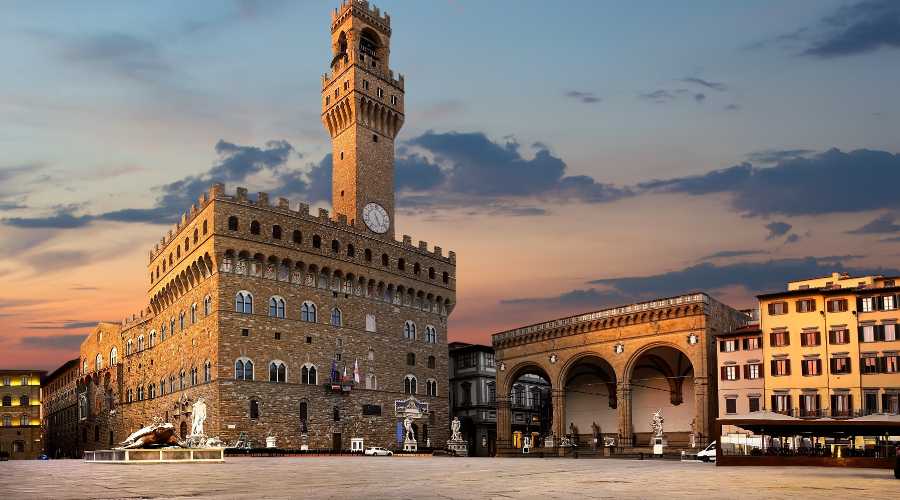
When you think of Italy, what comes to mind? Perhaps it’s the mouth-watering cuisine, the rich history, or the iconic landmarks like the Colosseum and the Leaning Tower of Pisa.
But there’s another quintessential element that captures the essence of Italian culture—its piazzas.
These aren’t just beautiful squares where tourists snap photos; they are the heart and soul of Italy’s cities and towns.
Today, we delve into the secret life of Italian piazzas to understand why they are more than just picturesque settings.
Piazzas have been an integral part of Italian culture for centuries.
Originating in ancient times, these squares were initially designed as marketplaces and meeting points for the community.
Over time, they evolved into multifunctional spaces that serve as the epicenter for social interactions, political events, and even religious ceremonies.
The social importance of piazzas cannot be overstated; they are the venues where friendships are forged, news is shared, and community bonds are strengthened.
But what makes these squares unique?
One might argue it’s the architecture. The design of a piazza often reflects the history of Italian squares, incorporating various styles from different eras—be it Renaissance, Baroque, or modern.
Take Piazza Navona in Rome, for example.
Once a stadium for athletic competitions during ancient Roman times, it now showcases masterpieces like Bernini’s Fountain of the Four Rivers.
The piazza tells a story, a narrative that is deeply embedded in the city’s history.
Another fascinating aspect is the role these squares play in daily life.
Unlike other public spaces, piazzas are not just for leisure; they are functional and practical.
Whether it’s the morning rush to work or the evening passeggiata (stroll), these squares are bustling with activity throughout the day.
This highlights the societal role of piazzas as places that cater to various needs—be it social, economic, or even spiritual.
Of course, no discussion about the secret life of Italian piazzas would be complete without mentioning their role in Italy’s culinary scene.
These squares often house some of the best cafes and restaurants, offering an array of local delicacies. It’s not just about the food; it’s about the experience—the ambiance, the people, and the sense of community that makes dining in a piazza a unique affair.
While piazzas are undoubtedly a magnet for tourists, they are also a treasure trove for history and exploration enthusiasts.
Many of these squares are home to significant landmarks, museums, and art installations.
For instance, Piazza della Signoria in Florence is not just a square; it’s an open-air museum featuring statues that represent key moments in the city’s history.
These squares are not just scenic spots for tourists but are the lifeblood of Italian cities and towns.
They encapsulate the essence of Italian culture, serve a multifaceted societal role, and offer a historical narrative that enriches the experience of both locals and visitors alike.

